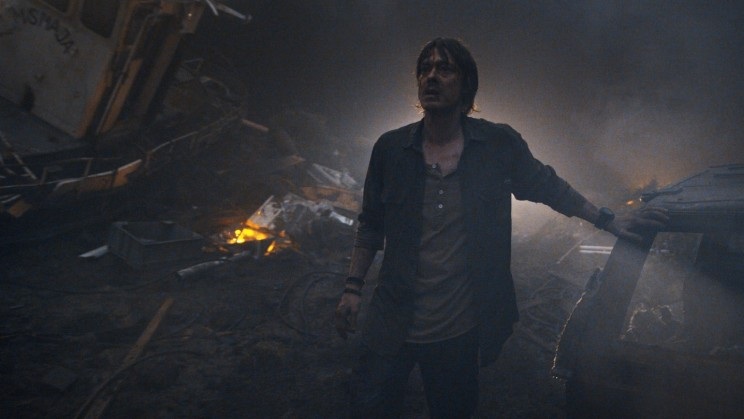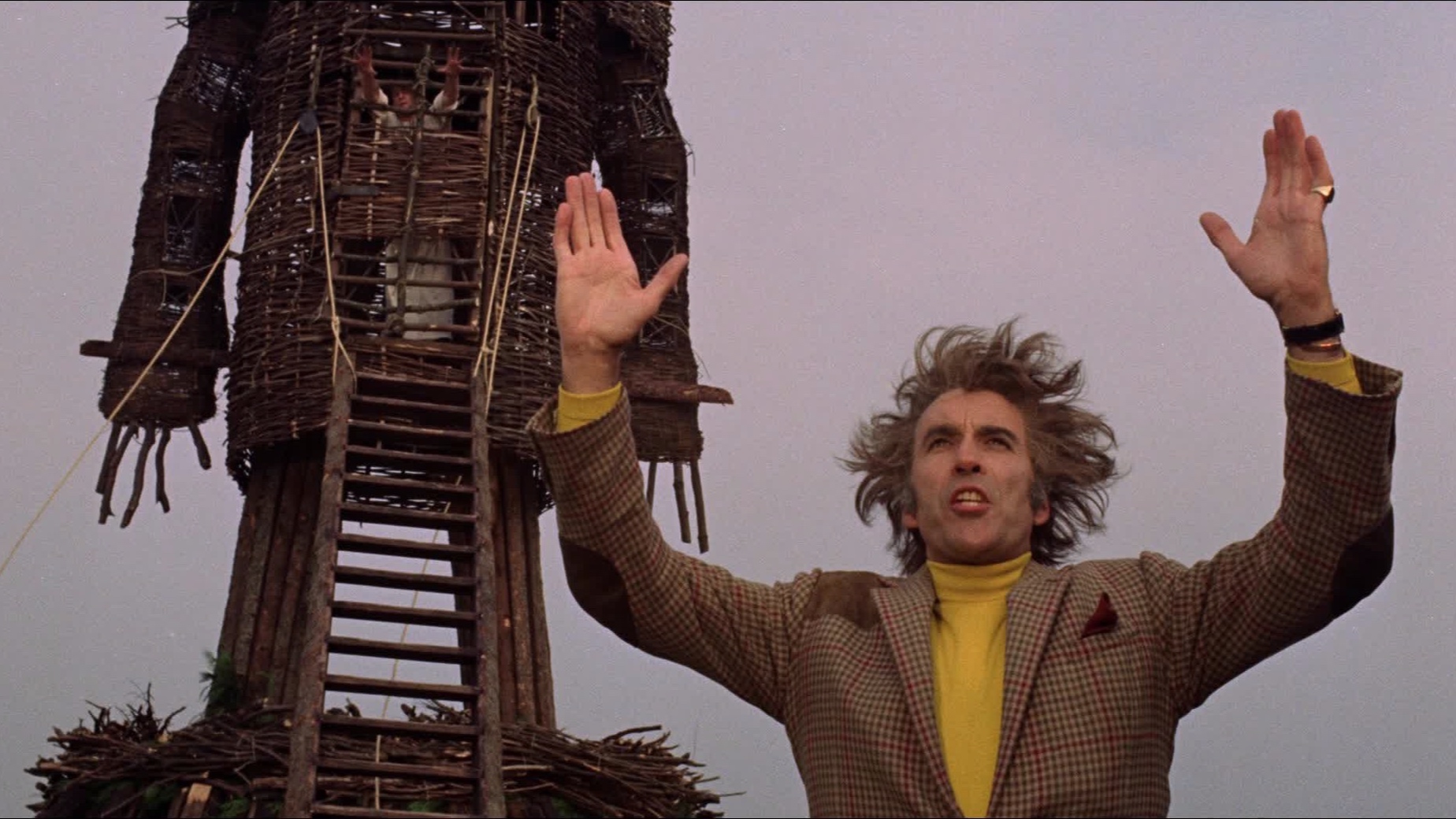On Screen Projection: The Wave
With the release of Godzilla: King of the Monsters, I got to thinking about monster movies and what they can represent. Yes, they tend to be focused on the big and bombastic, the big monster reveal (unless you count 2014’s Godzilla, but we are definitely not opening up that can of proverbial worms here), and special effects, in general. But at their heart, depending on the perspective, monster movies are also disaster movies. When the camera swings to the horrific aspects on the ground, it leaves us to wonder how we would react to such a disaster, realistic or not. And given this, On Screen Projection will take a closer look at a lesser seen disaster movie, The Wave.
Let’s get this out of the way. There is no way that The Wave should work. We’ve all seen disaster movies, with much better and certainly more numerous special effects. Plus, this film features every trope in the book. One adorable younger sibling, Julia (Edith Haagenrud-Sande) and one obnoxious teenage sibling, Sondre (Jonas Hoff Oftebro); a scientist, Kristian (Kristoffer Joner) who no one believes until it’s too late; and the family who was meant to leave the day before. And yet, it absolutely works emotionally.
The reasons for this are quite subtle, well, subtle for a movie about a tidal wave crushing an entire town. The film does a solid job of setting up the history of the county of More og Romsdal (in Northern Norway), as one constantly in danger of these disasters. It is a fairly obvious setup, but calm down, you’re watching a movie called The Wave. The more important decision, however, is the minimal use of special effects. Now, it is possible that this was done due to financial limitations, but even if this is true, this works to the film’s benefit. After all, half of the movie’s runtime is dedicated to events before the wave arrives. This not only involves our trusted geologist figuring out the looming danger, but also focusing on the family structure and the idyllic visuals of Norway put on display. This immediately tells us what is truly at risk. As the family packs up their house for the move, there is a sense of loss even before the disaster strikes. The house, though constantly breaking down in numerous ways, is respected and said to “have soul.” And this is true regarding all of the relationships in the film (both within the family unit and without), and frankly, the soul and time devoted to them is sadly missing in most disaster films. As such, this is more reminiscent of disaster films from the 1970’s such as The Poseidon Adventure (though with a much smaller cast), rather than 2012 or San Andreas.
And of course, given the subject matter, there are many heroic acts, both by our geologist and his wife, Idun (Ane Dahl Torp). But how likely are these actions in real life? After all, these movies certainly make us wonder if we could possibly live up to these heroic standards, or if we would simply give in to the impending doom forced upon us by a tidal wave (or Godzilla attack).
Within the psychological literature, the current data flies in the face of what many people expect. There is an expectation that people will act in antisocial ways because they are not being watched or may not be punished. Essentially, the idea is that societal structures will break down and people will act in a self-serving manner. But according to peer reviewed journal Disaster Psychology, this simply is not the case. The real problems actually have arisen because the safety programs in place assume this panicked and anti-social behavior and a vast amount of funds and programs are wasted on situations that aren’t likely to occur. In actuality, many of our actions both in stressful situations and outside of them, are pro social, adhere to social norms and focus on the importance of the bonds of attachment.
And attachment brings us right back to The Wave. After all, there is no stronger bond of attachment than that of parent and child. This movie takes that to an extreme when Kristian literally gives his breath to Sondre under water to save his life. This leads to a scene we have seen in literally almost every disaster movie; a character we care about almost drowns and the audience waits with bated breath for them to cough up the water in their lungs. And yet again, against all odds, this moment absolutely worked on me as a viewer. Much like the characters in this very unlucky (and then extremely lucky) family, The Wave hits every note you expect AND works on an emotional level that is unparalleled in modern disaster films.













